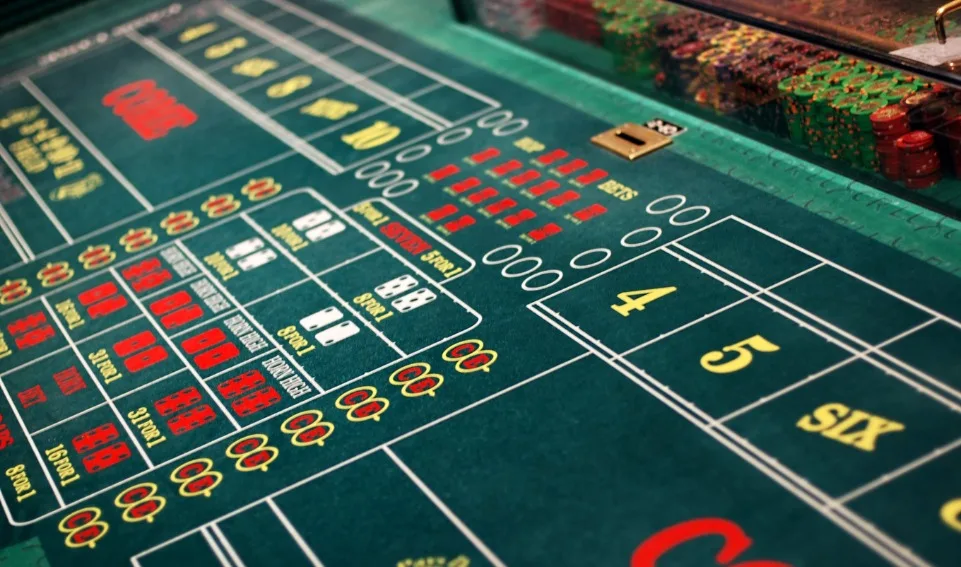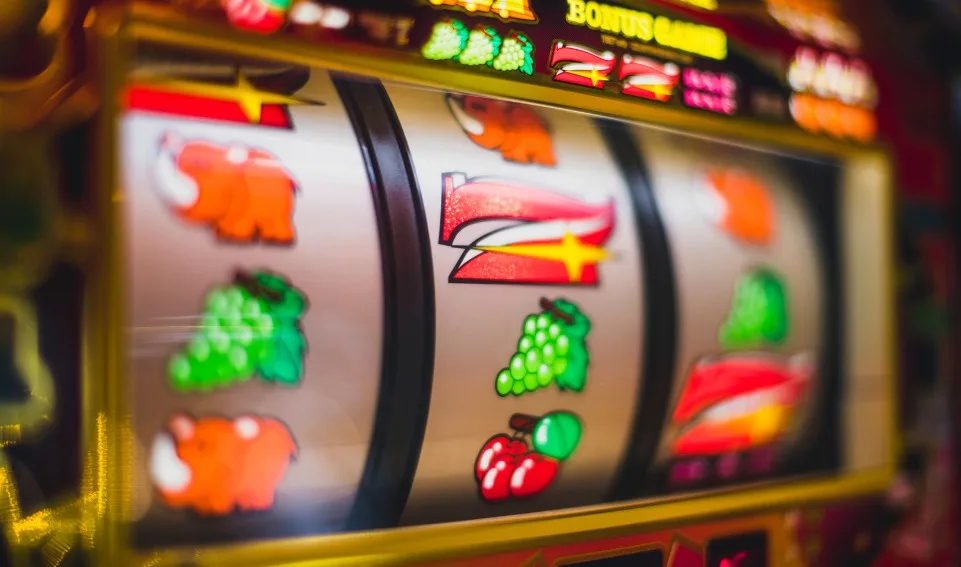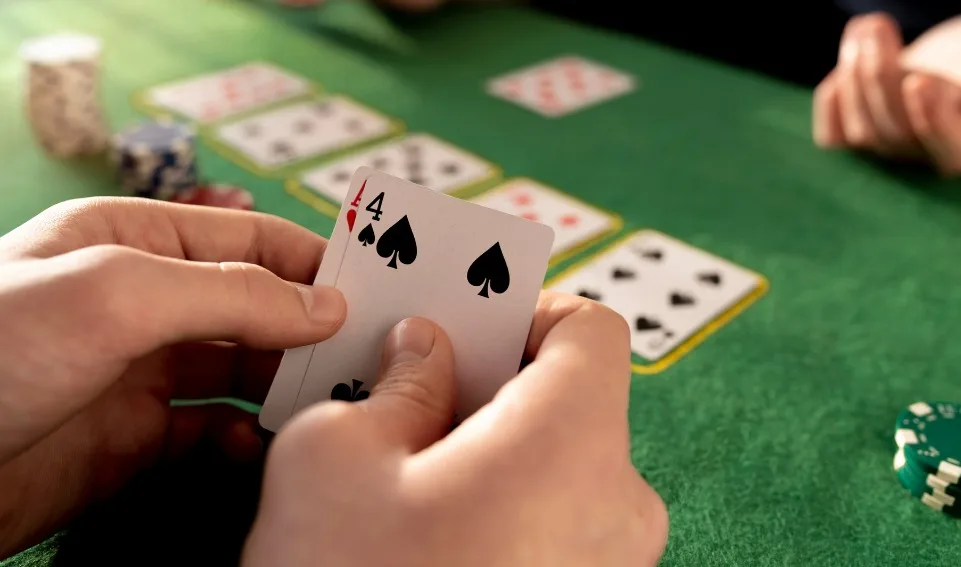Among all the common casino games, few match the energy and excitement of craps. Known for its fast pace and crowd-driven atmosphere, craps has become a staple in both land-based casinos and modern online platforms. Whether you're watching seasoned players shout around a physical table or clicking to roll the dice in a virtual game, craps offers one of the most immersive casino experiences available.
Despite its popularity, many beginners find craps intimidating, mainly because of the seemingly complex layout of the table. With a maze of labelled sections, numbers, and betting areas, it’s easy to feel overwhelmed at first glance. But here’s the truth: the craps table is far easier to understand than it looks.
In this detailed guide from our casino blog, we’ll walk you through the entire craps table layout in simple terms. From Pass Line bets to Proposition areas, you’ll learn what each section means and how to place your chips with confidence.
What Is Craps?
At its core, the craps game is a thrilling dice-based casino experience where players place bets on the outcome of a roll—or a series of rolls—of two six-sided dice.
Here’s a simple breakdown:
-
Objective: Predict the result of the dice roll correctly. You’re betting for or against the shooter (the player rolling the dice).
-
Gameplay Example: If the shooter rolls a 7 or 11 on the first roll (called the come-out roll), Pass Line bets win. If they roll 2, 3, or 12, those bets lose.
-
Social Aspect: Unlike many common casino games, in craps, players often cheer together when the shooter wins, making it one of the most interactive table games.
-
Real Stakes: It’s fast-paced and exciting, and yes, it’s one of the casino games that can win real money quickly if you know your bets.
Whether you're playing online or at a brick-and-mortar venue, craps is easy to love once you understand the basics.
Overview of the Craps Table Layout
At first glance, the craps table may seem intimidating, but once broken down, it’s well-organised and user-friendly.
Basic Structure:
The craps table layout is split into three key sections:
-
Left Side
-
Center
-
Right Side
Both the left and right sides are mirror images of each other. This is intentional, so multiple players around the table can comfortably access the most important betting areas.
Section Breakdown:
-
Left & Right Sides
-
These sections feature the Pass Line, Don’t Pass Line, Come, Don’t Come, and Field bets.
-
Players place their bets here—hence the duplication on both ends.
-
Center Section
-
Managed by the stickman, this area holds proposition bets like Hardways, Any Seven, and Any Craps.
-
These are riskier bets, often favoured by experienced players.
Why It Matters:
-
If you're exploring free online casino games, knowing this layout helps you understand what each betting area means, so you’re not just clicking randomly.
-
In live casinos, this knowledge keeps you from being overwhelmed at the table.
Even if you’re new to craps, this layout is designed to keep things efficient, fair, and fun for everyone involved.

Breaking Down the Table Sections
Understanding each part of the craps table layout is key to feeling confident while playing. Below is a simple breakdown of the most important betting sections, with examples and beginner-friendly tips.
Pass Line & Don’t Pass Line
-
Pass Line:
-
One of the most common and beginner-friendly bets.
-
You’re betting that the shooter will win by rolling a 7 or 11 on the come-out roll, or by hitting the point again before rolling a 7.
-
Example: You place a $10 bet on the Pass Line. The shooter rolls an 8 (point). If they roll an 8 again before a 7, you win!
-
Don’t Pass Line:
-
The opposite of the Pass Line—you’re betting against the shooter.
-
You win if the shooter rolls a 2 or 3 (12 is a push) on the come-out roll or rolls a 7 before hitting the point.
-
Tip: Don't Pass bets are less popular but have slightly better odds for the player.
Come & Don’t Come Bets
-
Come Bet:
-
Works like the Pass Line but can be placed after the come-out roll.
-
You win if the next roll is a 7 or 11, lose on 2, 3, or 12, and set a new point otherwise.
-
Don’t Come Bet:
-
The opposite of the Come Bet. You win on 2 or 3, lose on 7 or 11, and 12 is a push.
-
Tip: Think of these as “mini” Pass Line/Don’t Pass bets that happen after the game has already started.
Field Bet Area
-
This area allows a one-roll bet.
-
Win if the next roll is 2, 3, 4, 9, 10, 11, or 12.
-
Usually pays 1:1—but 2 and 12 often pay double or even triple.
-
Beginner Tip: It’s tempting, but since the odds favour the house slightly, use Field Bets sparingly.
Place Bets
-
You can bet on specific numbers (4, 5, 6, 8, 9, 10) to be rolled before a 7.
-
The payout varies based on the number selected.
-
Strategy Tip: 6 and 8 are popular due to better odds.
Proposition Bets (Centre of the Table)
-
Located in the centre and controlled by the stickman.
-
These include high-risk bets like:
-
Any Craps (2, 3, 12)
-
Any Seven
-
Hardways (like 4 as 2+2 or 10 as 5+5)
-
Example: Betting $1 on Any Seven. If a 7 is rolled, you get 4:1 or 5:1, depending on the casino.
-
Caution: These bets offer high payouts but come with much higher house edges.
How to Read the Dealer & Chips Like a Pro
To fully enjoy the craps game—whether in a land-based or free online casino games setting—you need to understand how chips and dealer signals work. This helps you follow the game flow and avoid mistakes.
Dealer Roles at the Craps Table:
-
Boxman: Sits at the center, oversees chips and payouts.
-
Stickman: Uses a stick to move the dice and announces the roll outcome.
-
Base Dealers (2): Handle bets and payouts on either side of the table.
Pro Tip: In online craps, these roles are simulated with intuitive software or live dealer commentary.
Understanding Chips & Bet Placement:
-
Colour-Coded Chips:
-
Most casinos assign a color per player for tracking.
-
In online craps, colours may vary, but amounts are clearly labelled.
-
Stacking Chips:
-
Place chips neatly on your desired betting area.
-
For example, a Place Bet on 6 might be $6 to win $7 (based on payout odds).
-
Dealer Signals:
-
A hand wave over the chips means “no more bets.”
-
Stickman calling “Seven out!” signals the end of the round and clears the table.
Knowing these signs helps you keep pace and ensures your bets are placed and paid correctly, whether you're playing at a physical table or through a free online casino game interface.
Craps Table Etiquette and Tips for Beginners
Whether you're playing in a physical casino or enjoying the craps game at one of the top rated casino sites, understanding table etiquette is key to having a smooth experience. Craps is fast-paced, social, and thrilling—but there are unwritten rules that every player should follow.
Basic Craps Etiquette
-
Handle the Dice Properly: Only use one hand to toss the dice and ensure they hit the far wall of the table.
-
Don’t Pass the Dice Around: When it’s your turn as the shooter, avoid handing the dice to other players.
-
Avoid Splashing the Pot: Place your chips carefully, especially around areas like Place Bets or Proposition Bets, to avoid confusing the dealer.
-
Wait Your Turn: Don’t throw or place bets mid-roll; the dealer will let you know when it's time.
Tips for First-Time Craps Players
-
Stick to Simple Bets: Start with the Pass Line or Don't Pass Line. They have the lowest house edge and are easier to understand.
-
Use a Practice Mode First: Many free online casino games offer craps with demo credits, perfect for getting the hang of betting and game flow.
-
Learn the Lingo: Know terms like “seven out,” “yo-eleven,” or “hard way.” It’ll help you follow along and feel more confident.
Pro Tip: At casinos online, you can mute background chatter and focus on understanding each roll, making it a great place to build your confidence.
Next, we’ll break down some popular beginner bets and their payout odds.
Best Bets for Beginners
If you're new to craps, the best way to ease in is by focusing on a few simple bets that offer great value and lower risk. These beginner-friendly bets help you enjoy the action without getting overwhelmed by the more complex sections of the table.
Pass Line Bet
-
How it works: Place your chips on the "Pass Line" before the come-out roll.
-
Win conditions: You win if the shooter rolls a 7 or 11, and lose if they roll 2, 3, or 12. Any other number becomes the "point"—you win again if that point is rolled before a 7.
-
Why it's great: House edge is low (~1.41%), making it one of the best casino games to win money online.
Don't Pass Line Bet
-
How it works: The opposite of the Pass Line. You win if the shooter rolls a 2 or 3, and lose on 7 or 11. A 12 is a push.
-
Why it’s great: Similar house edge and ideal for players who enjoy playing against the crowd.
Come and Don't Come Bets
-
Works like Pass/Don't Pass, but is placed after the come-out roll.
-
Good for players who missed the initial bet or want to diversify.
Tip: Stick to these bets while learning the ropes. Once you get the hang of the layout, you can start exploring Place Bets or Proposition Bets for more excitement.
Final Thoughts: Mastering the Craps Table
Mastering the craps table layout is less about memorising every bet and more about understanding the core sections that matter most. Once you get comfortable with the Pass Line, Come bets, and other high-probability plays, you’ll see why craps is one of the most exciting and social games in any casino.
Why Craps Stands Out
-
It’s fast, interactive, and rewards smart betting.
-
It offers some of the best odds among common casino games.
Whether you’re at a real table or playing on a digital version at a free online casino, you can start slow and grow your confidence.
Ready to roll? Explore more guides and tips in our casino blog, and find the best platforms to win real money playing craps today.
FAQs
What is the craps table?
It is a large padded table, where players bet on the outcome of the dice rolls in the craps game.
How to play craps explained?
Shooter rolls the dice to start the game; this is the "come-out roll": a 7 or 11 wins, 2/3/12 loses. Another roll sets a "point," and the shooter keeps rolling until they reach that point again (win) or roll a 7 (lose).
What is the 3/4/5 rule in craps?
It's a house guideline for a maximum odds bet. If the point is 4 or 10, you can bet 3x, on 5 or 9 you can bet 4x and on 6 or 8, 5x.



